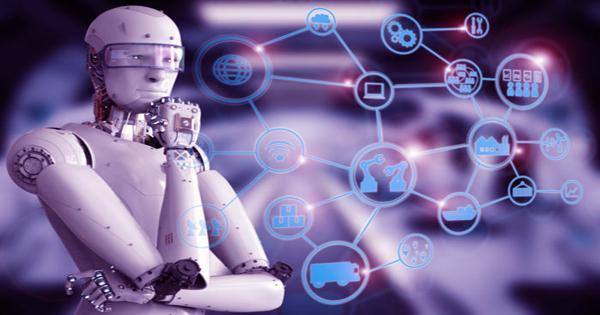As published in Nature, scientists fed 3.3 million abstract algorithms on physics from 1000 different journals published between 1922 and 2018. Took 500,000 distinct words from those abstracts and made mathematical connections between them. And it has given it a very interesting ability to predict. Latent knowledge is a connection that can be missed even if the data is right in certain cases.
“A researcher can access only a fraction of it. We wondered if machine learning could do anything without the guidance of human researchers – using all this combined knowledge in an invisible way”. “Each study has 100 years of past research literature and a few thousand more studies come out each week,” said Dr. Vahe Tshitoyan, a Berkeley Lab Postdoctoral Fellow who now works at Google, in a statement.
The researchers were able to create an AI that could associate the word with their meanings and extrapolate connections with other concepts, giving the program some training. For example, it was able to teach groups by not looking at what it looks like in a periodic table.
The team’s main focus was on thermoelectric materials, which had been studied by materials scientists for decades. Thermoelectric components can convert heat into electricity so they are quite important. But, to be successful they must be efficient, safe, simple and easy to manufacture. AI was able to determine which material has the best thermoelectric properties. But it did something even more extraordinary, based on the literature is analyzed. By 2007, when the feeding simulation was published, Word2vec was able to predict the materials displayed in subsequent studies. I was amazed when I saw not only the prophecies but also the reasoning behind the prophecies. This study shows that if this algorithm had existed earlier, some materials could have been intelligently invented a few years ago. “I really don’t expect the algorithm to be so predictable about future results,” added Anubhav Jain, team leader at Berkeley Lab’s energy conservation and distribution resources division. “I thought maybe what the algorithm people did could be descriptive but it doesn’t come to the fore with these different connections.
The team is also working on a new type of scholarly search engine that can search paper abstracts in a more efficient way. The team has published a list of the top 50 thermoelectric materials in Word2vec sand plans to publish algorithms so that other scientists can use AI to study different materials.















